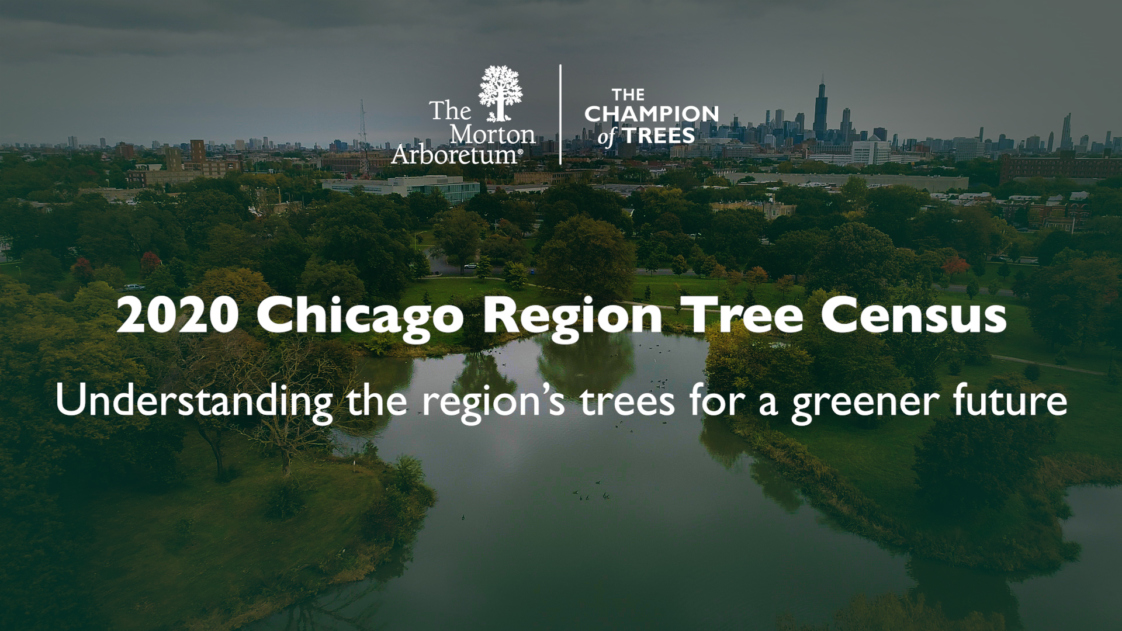
In 2010, The Morton Arboretum, in collaboration with the USDA Forest Service, undertook the first tree census of the regional forest to understand its value and develop a plan to manage and curtail rising threats. It was the largest effort of its kind in the country, producing valuable scientific data about the benefits provided and making clear the challenges to maintaining a healthy tree population.
In 2020, The Morton Arboretum partnered with Davey Resource Group Inc. and the Student Conservation Association to conduct its second tree census, remeasuring 1,576 plots in the city of Chicago and the seven surrounding counties of Cook, DuPage, Kane, Kendall, Lake, McHenry, and Will to gain a comparative snapshot of the regional forest and the benefits it provides.
The 2020 tree census serves as a strategic guide for local and regional stakeholders to understand current trends and make informed decisions about how to protect and improve the forest to benefit residents and communities.
In 2022, Arboretum researchers compiled and analyzed data from each of the seven counties in the Chicago region: Cook (not including the city of Chicago), DuPage, Kane, Kendall, Lake, McHenry, and Will.